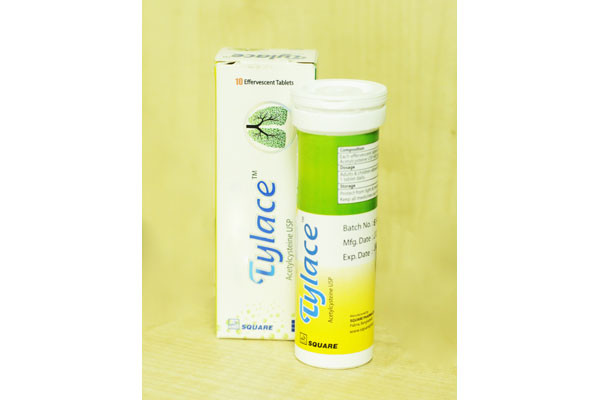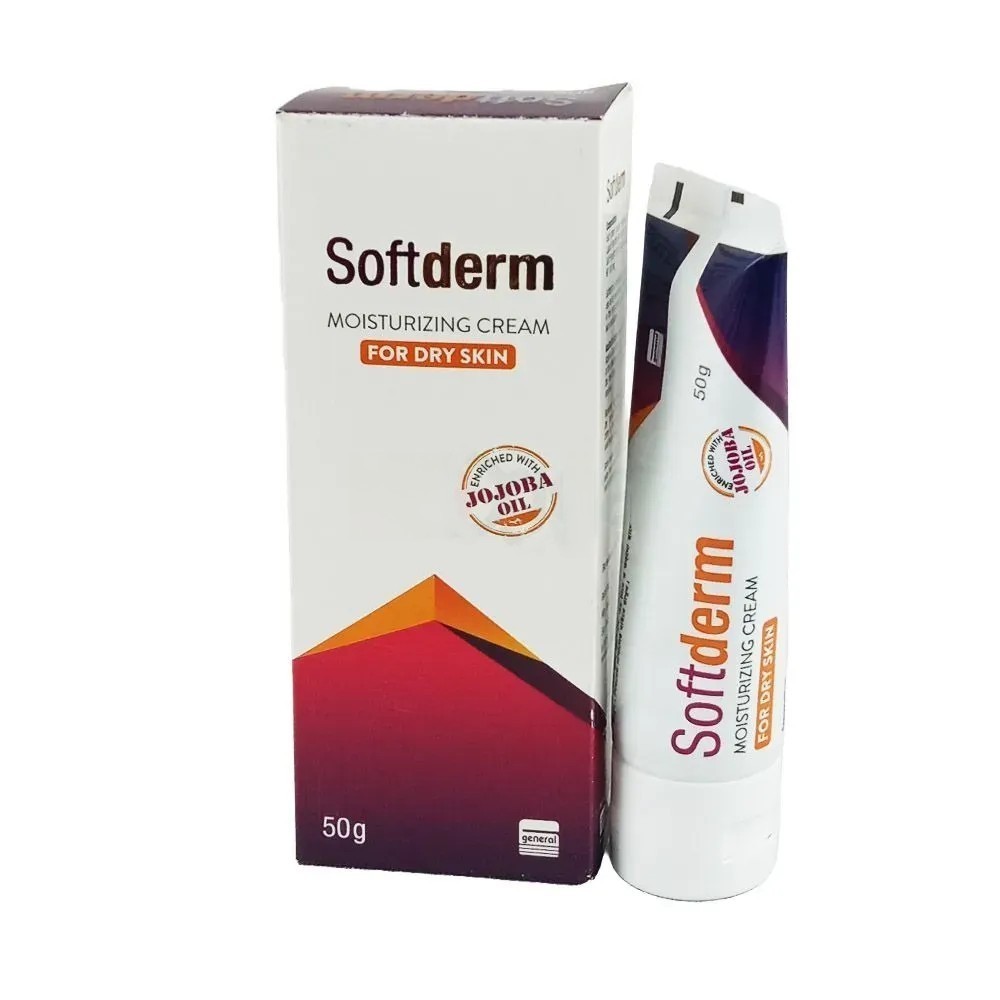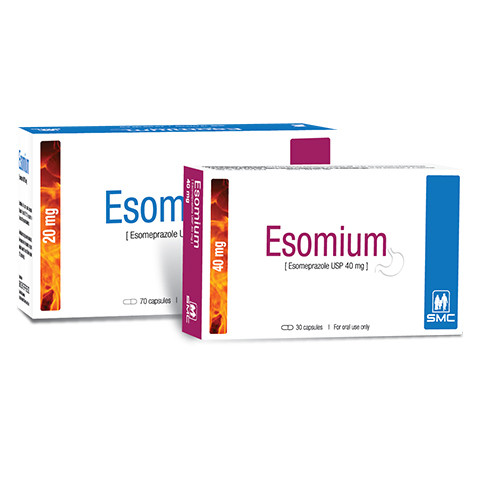

Tylace Effervescent Tablet, Acetylcysteine 600 mg
Inhouse product
-
৳11.40
৳12.00 -
৳42.75
৳45.00 -
৳16.63
৳17.50 -
৳2.14
৳2.25
Reviews & Ratings
Indications
Tylace is indicated as
an adjuvant treatment in certain clinical condition characterized by the
presence of thick and viscous mucoid or mucopurulent secretions such as:
Chronic bronchopulmonary diseases (chronic obstructive pulmonary disease,
emphysema with bronchitis, chronic asthmatic bronchitis, bronchiectasis); Acute
bronchopulmonary diseases (asthma with bronchial mucus plugging, bronchitis,
bronchopneumonia, tracheobronchitis, bronchiolitis, pulmonary complications of
cystic fibrosis, pulmonary complications associated with surgery).
* রেজিস্টার্ড চিকিৎসকের পরামর্শ মোতাবেক ঔষধ সেবন করুন'
Pharmacology
Acetylcysteine is a
mucolytic agent that reduces the viscosity of secretions probably by the
splitting of disulphide bonds in mucoproteins. Moreover it gives antisecretory
effect. These results in clearing of respiratory ducts and facilitate
breathing. Acetylcysteine also has anti-oxidant properties by reacting with
free radicals and also by serving as a precursor to glutathione, which is an
important intra and extra-cellular antioxidant. By providing anti-oxidant
action, it neutralizes exogenous and endogenous oxidants, which in fact act as
pathogens in respiratory inflammations.
Dosage &
Administration
Effervescent
tablet or Dispersible tablet: Adults and children above 6 years: One effervescent tablet of
Acetylcysteine 600 mg a day (preferably in the evening). The duration of
treatment should be 5 to 10 days in the acute treatment, whereas it may be
continued in the chronic states for several months, according to the advice of
the physician. Dissolve the tablets in a glass containing a small quantity of
water, mixing it, if necessary, with a spoon. A palatable solution is thus
obtained, which can be drunk directly from the glass.
Effervescent Granules:
- Adults and children above 6
years: 1 sachet Acetylcysteine 200 mg or 2 sachets Acetylcysteine 100 mg,
2-3 times a day.
- Children (2-6 years of age): 1
sachet Acetylcysteine 100 mg from 2 to 4 times a day, according to the
age.
The duration of
treatment should be 5 to 10 days in the acute treatment, whereas it may be
continued in the chronic states for several months, according to the advice of
the physician.
Dissolve the contents of the sachets in a glass containing a small quantity of
water; mixing it, if necessary, with a spoon. A palatable solution is thus
obtained, which can be drunk directly from the glass.
Nebuliser Solution: The 20% solution may be diluted to a lesser
concentration with either Sodium Chloride for injection, Sodium Chloride for
inhalation, sterile water for injection, or sterile water for inhalation.
- Adult: 5-10 ml of 10% or 20%
solution by Nebuliser every 6-8 hr PRN.
- Children: 1-11 months: 1-2 ml
of 20% or 2-4 ml of 10% solution by Nebuliser every 6-8 hr PRN.
- 12 months-11 years: 3-5 ml of
20% or 6-10 ml of 10% solution by Nebuliser every 6-8 hr PRN.
- Below 12 years: 5-10 ml of
10/20% solution by Nebuliser every 6-8 hr PRN.
** Diagnostic
Bronchograms: 1-2 ml of 20% or 2-4
ml of 10% solution 2-3 times by Nebulisation or by instillation intratracheally
prior to procedure.
** Nebulisation tent
or croupette: This form of
administration requires very large volumes of the solution, occasionally as
much as 300 ml during a single treatment period. If a tent or croupette must be
used, the recommended dose is the volume of acetylcysteine (using 20%) that
will maintain a very heavy mist in the tent or croupette for the desired
period. Administration for intermittent or continuous prolonged periods,
including overnight, may be desirable.
** Direct Instillation: When used by direct instillation, 1-2 ml of
a 20% solution may be given as often as every hour. When used for the routine
nursing care of patients with tracheostomy, 1-2 ml of a 20% solution may be
given every 1-4 hours by instillation into the tracheostomy.
* রেজিস্টার্ড চিকিৎসকের পরামর্শ মোতাবেক ঔষধ সেবন করুন'
Interaction
The thiol group of
Tylace can reduce the efficacy of certain antibiotics such as ampicillin,
tetracycline, macrolides, cephalosporins, aminoglycosides and amphotericin.
Concomitant use of Tylace and amoxicillin will increase the level of the
antibiotic in tissues. It is, therefore, advisable to use the two medicines 2
hours apart from each other. Tylace can increase the inhibitory effect of
thrombocyte aggregation and vasodialation by nitroglycerine.
Contraindications
Known hypersensitivity
to Acetylcysteine. Acetylcysteine contains aspartame, thus it is
contraindicated in patients suffering from phenylketonuria.
Side Effects
Like all medicines,
Tylace can cause side effects, although not everybody gets them. In very rare
cases, severe immune reactions may occur such as anaphylactic shock and severe
skin reaction. In rare cases the oral administration can be followed by
shortness of breath, upset stomach and bronchospasm. The most frequent side
effects are headache, increased heart rate, stomatitis, pruritus, urticaria,
nausea, vomiting, abdominal pain, fever, decrease in the blood pressure,
diarrhoea and noises in the ears.
Pregnancy &
Lactation
In case of pregnancy
& lactation the medicine should be taken consulting physician or
pharmacist.
Precautions &
Warnings
Patients suffering
from bronchial asthma must be strictly controlled during the therapy; should
bronchospasm occur, the treatment must immediately be suspended. Caution should
be taken in patients suffering from or with a history of peptic ulcer. As
Viscotin contains sodium (156.9mg per dose) this has to be taken into
consideration by patients on a controlled sodium diet. The possible presence of
a sulphureous odor does not indicate an alteration of the product but is a
characteristic of the active ingredient contained in Tylace. It is preferable
not to mix other drugs with the Viscotin solution.
Overdose Effects
Overdose of Tylace may
cause nausea, vomiting or diarrhoea.
Therapeutic Class
Antidote preparations,
Cough expectorants & mucolytics
Storage Conditions
Store in a cool and
dry place, protected from light.
Frequently Bought Products
Ursodil Tablet, Ursodeoxycholic Acid 300 mg
Dotin Tablet, Dotinurad 2 mg
Methipred Tablet, Methylprednisolone 16 mg
Ciprocin Ophthalmic Solution 5ml, Ciprofloxacin 0.3%
Clofenac Tablet , Diclofenac Sodium 50 mg
Asmarid Syrup 200 ml bottle, Mahadrakkharist [Grape extract]
Product Queries (0)
Login Or Registerto submit your questions to seller
Other Questions
No none asked to seller yet
-
৳11.40
৳12.00 -
৳42.75
৳45.00 -
৳16.63
৳17.50 -
৳2.14
৳2.25










![Ezygut Capsule, Probiotic Combination [20 Billion] 20 billion](https://skpharma.com.bd/public/uploads/all/lW94CwCtMYc69bBTEsotrcO0RUCgdRE78gVdrs5x.webp)



![Asmarid Syrup 200 ml bottle, Mahadrakkharist [Grape extract]](https://skpharma.com.bd/public/uploads/all/PysEdWG5pNNzZYrqdo1VOoOkTMNyjBCfow1UqZEx.webp)


